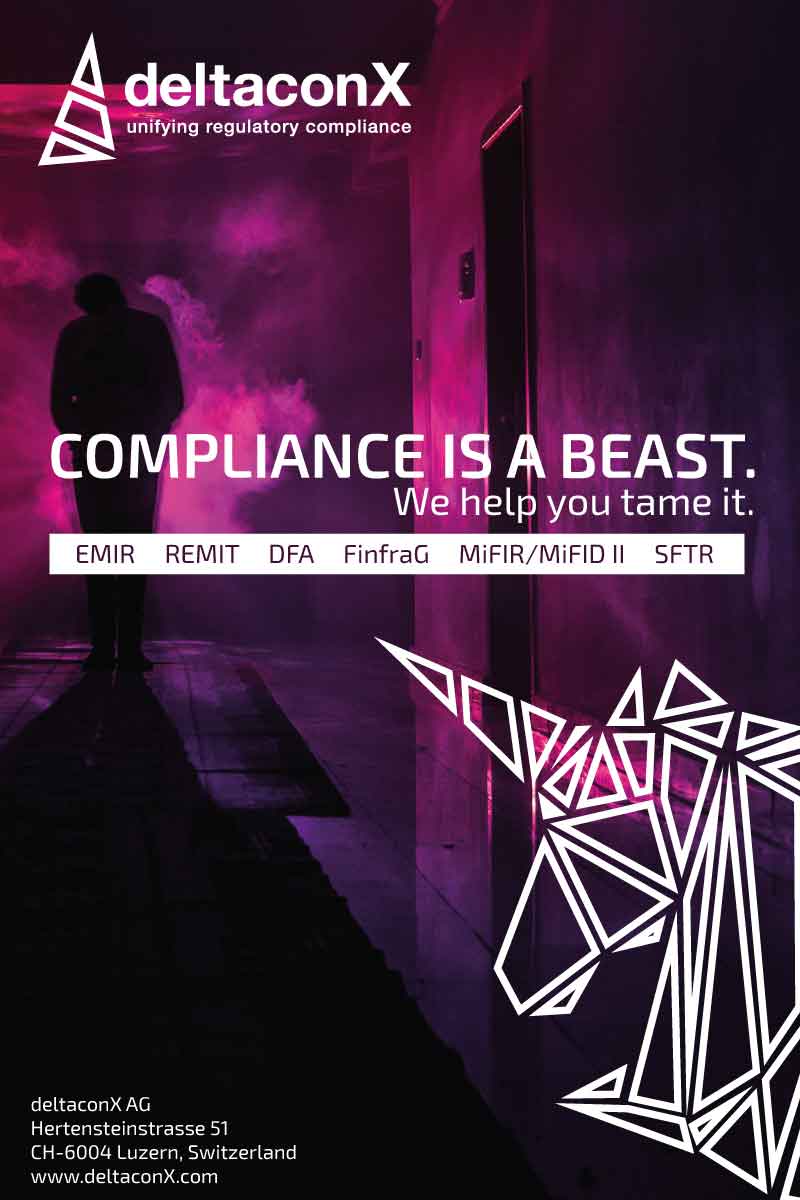Private assets will be first to move to blockchain, ISITC Summit panellist predicts
28 March 2023 US
 Image: Denys Rudyi/stock.adobe.com
Image: Denys Rudyi/stock.adobe.com
Asset classes will transfer to the blockchain following a “path of least resistance,” according to research from Fidelity Center for Applied Technologies (FCAT) revealed at ISITC Summit Boston.
The finding was revealed by Laureen Ouellet, research analyst at FCAT, during the ‘Path to Transitioning Markets to Blockchain Based Infrastructure’ panel.
While there are considerable amounts of research into the benefits of blockchain, little has been provided as to how the industry can actually reach it, Ouellet said, explaining the motivation behind the research. The interview consisted of 50 global market participants who are bringing the blockchain into financial markets.
FCAT suggests that private assets will be the first class to move to the blockchain, followed by those with less intermediaries which therefore require less coordination to transition the underlying technology. This second transfer phase includes tri-party repo and centrally cleared swaps, Ouellet elaborated.
The third and final phase will include public equity, mutual funds and securities, Ouellet said. These assets already have efficient systems, and with the blockchain in its infancy, there are questions around whether it will be able to support the scale and complexity of these classes.
Another speaker raised the point that although blockchain is a topic discussed both in the financial services industry and in mainstream media, the industry remains uncertain as to whether the technology is ready to be used. They went on to highlight the importance of separating technology and assets, emphasising that blockchain and DLT are not the same thing. Oullette added that there are a range of types of blockchain and processes that markets can use.
Considering the possibility of traditional assets moving into the crypto space, a third speaker highlighted the need for a tighter alignment of crypto and cash. A crucial difference between the two markets is that crypto runs on a 24/7 system, whilst traditional banking does not. This asymmetry can make access to information and cash more difficult, a particular issue in light of several jurisdictions beginning to use CBDCs.
In regard to what will allow traditional finance to move to the blockchain, one speaker cited “accessibility, context, data availability and valuation” as key areas of focus.
FCAT’s global approach revealed that greater regulatory clarity in Singapore and Switzerland has given firms in these jurisdictions more confidence in the compliance of their products. However, there are also firms in these areas trying to disrupt the recently-established systems — blockchain-based infrastructure remains an evolving issue.
Discussing the future of blockchain adoption, Ouellet stated that, according to FCAT’s interview findings, firms’ blockchain initiatives are not being driven by consumer demand — the shift is not necessarily something that will impact clients’ day-to-day operations, but is instead a “tech play” for companies.
One panellist questioned whether the US government will embrace blockchain, or continue to reduce its investment and engagement with the technology, “chasing it offshore”. Ouellet commented that “US regulators work at their own pace,” and predicted that the country will not be rushed into establishing regulatory frameworks by other jurisdictions’ efforts.
The finding was revealed by Laureen Ouellet, research analyst at FCAT, during the ‘Path to Transitioning Markets to Blockchain Based Infrastructure’ panel.
While there are considerable amounts of research into the benefits of blockchain, little has been provided as to how the industry can actually reach it, Ouellet said, explaining the motivation behind the research. The interview consisted of 50 global market participants who are bringing the blockchain into financial markets.
FCAT suggests that private assets will be the first class to move to the blockchain, followed by those with less intermediaries which therefore require less coordination to transition the underlying technology. This second transfer phase includes tri-party repo and centrally cleared swaps, Ouellet elaborated.
The third and final phase will include public equity, mutual funds and securities, Ouellet said. These assets already have efficient systems, and with the blockchain in its infancy, there are questions around whether it will be able to support the scale and complexity of these classes.
Another speaker raised the point that although blockchain is a topic discussed both in the financial services industry and in mainstream media, the industry remains uncertain as to whether the technology is ready to be used. They went on to highlight the importance of separating technology and assets, emphasising that blockchain and DLT are not the same thing. Oullette added that there are a range of types of blockchain and processes that markets can use.
Considering the possibility of traditional assets moving into the crypto space, a third speaker highlighted the need for a tighter alignment of crypto and cash. A crucial difference between the two markets is that crypto runs on a 24/7 system, whilst traditional banking does not. This asymmetry can make access to information and cash more difficult, a particular issue in light of several jurisdictions beginning to use CBDCs.
In regard to what will allow traditional finance to move to the blockchain, one speaker cited “accessibility, context, data availability and valuation” as key areas of focus.
FCAT’s global approach revealed that greater regulatory clarity in Singapore and Switzerland has given firms in these jurisdictions more confidence in the compliance of their products. However, there are also firms in these areas trying to disrupt the recently-established systems — blockchain-based infrastructure remains an evolving issue.
Discussing the future of blockchain adoption, Ouellet stated that, according to FCAT’s interview findings, firms’ blockchain initiatives are not being driven by consumer demand — the shift is not necessarily something that will impact clients’ day-to-day operations, but is instead a “tech play” for companies.
One panellist questioned whether the US government will embrace blockchain, or continue to reduce its investment and engagement with the technology, “chasing it offshore”. Ouellet commented that “US regulators work at their own pace,” and predicted that the country will not be rushed into establishing regulatory frameworks by other jurisdictions’ efforts.
NO FEE, NO RISK
100% ON RETURNS If you invest in only one asset servicing news source this year, make sure it is your free subscription to Asset Servicing Times
100% ON RETURNS If you invest in only one asset servicing news source this year, make sure it is your free subscription to Asset Servicing Times



